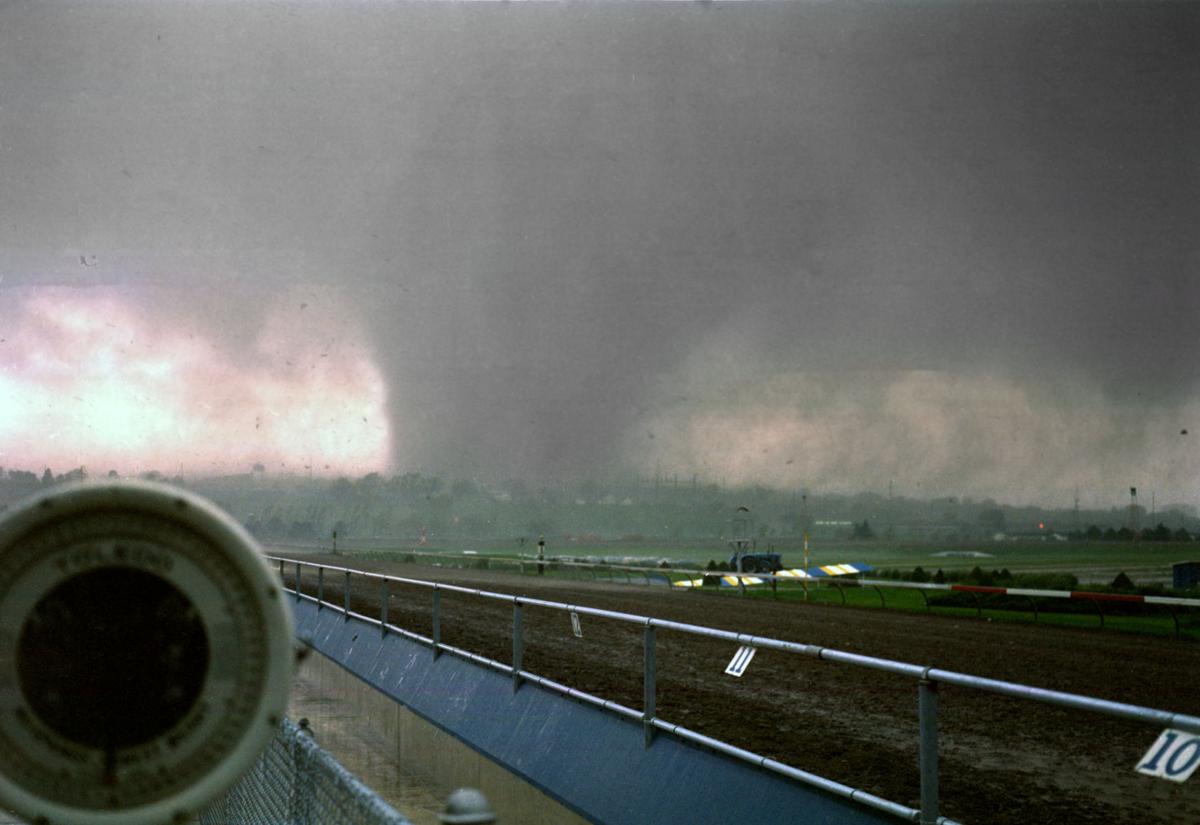
Tornado Omaha Nebraska Today: Amidst the looming threat of tornadoes, Omaha residents must stay vigilant and well-informed. Historical data and current weather patterns paint a concerning picture, highlighting the need for proactive preparedness and safety measures.
As the spring storm season approaches, it’s crucial to understand the risks associated with tornadoes and take necessary precautions to safeguard lives and property. This comprehensive guide provides an in-depth analysis of tornado activity in Omaha, Nebraska, offering valuable insights into risk assessment, preparedness strategies, and the potential impacts of these destructive weather events.
Overview of Tornado Activity in Omaha, Nebraska

Omaha, Nebraska, has a history of experiencing tornadoes, with varying frequencies and intensities over the years. Statistical analysis indicates that the city experiences an average of one tornado every three to four years, with the majority occurring during the spring and summer months.
Notable tornado events that have impacted Omaha include the 1913 Easter Sunday tornado, which killed 103 people and caused widespread destruction, and the 1975 Omaha tornado, which was an F4 tornado that injured over 100 people and caused significant property damage.
Current Tornado Risk Assessment: Tornado Omaha Nebraska Today
Based on current weather conditions and forecast models, the National Weather Service has issued a tornado watch for Omaha and surrounding areas. Atmospheric instability and strong wind shear are creating favorable conditions for tornado formation.
The likelihood of a tornado occurring within the next six hours is estimated to be moderate, with a 40% probability. Residents are advised to remain vigilant and take necessary precautions.
Tornado Preparedness and Safety Measures
In the event of a tornado warning, individuals should immediately seek shelter in a sturdy building or underground. If no such shelter is available, they should lie down in a low-lying area and cover their heads with their hands.
Emergency plans should include designated meeting places for family members and a communication system to stay connected. A tornado kit should include essential items such as water, non-perishable food, a first-aid kit, and a battery-powered radio.
Impact of Tornadoes on Omaha
Tornadoes can have devastating impacts on Omaha, causing damage to homes, businesses, and infrastructure. The economic consequences of tornadoes can be significant, with businesses suffering losses and residents facing displacement.
Tornadoes can also disrupt essential services such as electricity, water, and communication, making it difficult for residents to recover. The recovery and rebuilding efforts after a tornado can be lengthy and costly.
Tornado Research and Mitigation Strategies

Research on tornado formation and behavior is ongoing, with advancements in forecasting technologies and warning systems. Doppler radar and computer models have improved the accuracy and lead time of tornado warnings.
Mitigation strategies such as building codes and land-use planning can help reduce the impact of tornadoes. Reinforced structures and designated safe rooms can provide protection for residents during tornado events.
Last Recap

In the face of tornado threats, knowledge is power. By staying informed about tornado risks, implementing effective preparedness measures, and actively participating in community efforts, Omaha residents can mitigate the potential impacts of these powerful storms and emerge stronger.
Questions Often Asked
What are the warning signs of a tornado?
Dark, rotating clouds, funnel-shaped clouds, and loud roaring noises are common warning signs of an approaching tornado.
What should I do if I see a tornado?
Seek immediate shelter in a sturdy building, basement, or underground structure. Stay away from windows and exterior walls.
How can I prepare for a tornado?
Create an emergency plan, assemble a tornado kit, and identify safe shelter locations. Stay informed about weather forecasts and warnings.





